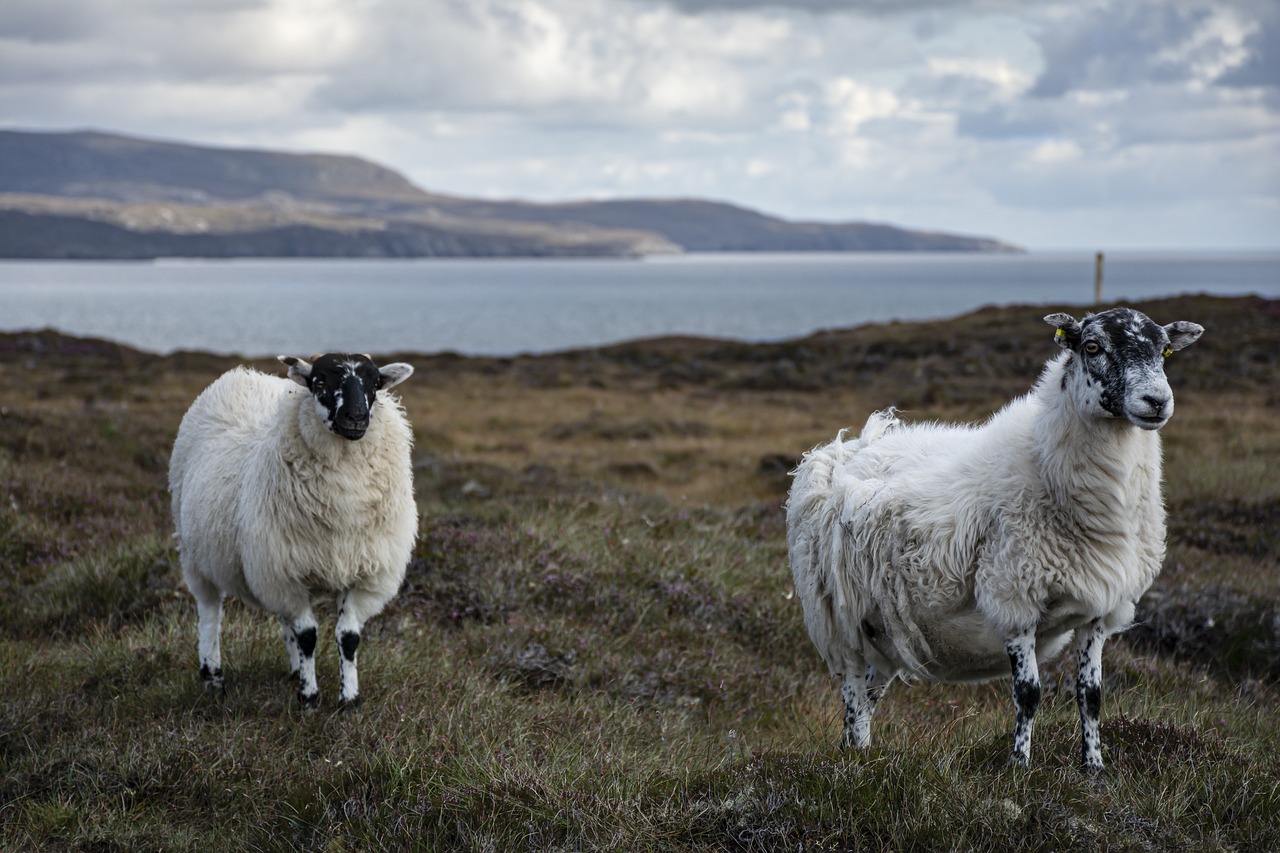Crofts in the Uists typically follow a distinctive strip pattern, running from the machair on the western coastal edge, across the blackland (where the houses and farm buildings stand), to the moorland in the east. This traditional layout gives each croft access to different types of land, vital for sustainable farming in such marginal conditions.
The machair, a rare type of shell-sand grassland, is crucial to the crofting year. In spring and summer, crofters grow crops like oats, barley, and rye using traditional methods. These crops are often still harvested using traditional small-scale machinery or even by hand in some areas. The traditional practice of seaweed fertilisation continues, helping to stabilise the sandy soil and add nutrients.
Livestock farming centres primarily on hardy sheep breeds like Blackface or Cheviot, and traditional Highland cattle. These animals are well-adapted to the rough grazing conditions. In summer, many crofters still practice transhumance, moving their cattle to common grazing areas on the hills while crops grow on the lower ground.
The blackland area, where most crofting houses are built, provides some shelter from Atlantic winds and better soil for small-scale vegetable cultivation. Many crofters maintain traditional ‘lazy beds’ (raised ridges of soil) for growing potatoes and other vegetables, a method that helps drain the peaty soil.
Crofting today faces various challenges. Young people often leave for mainland opportunities, making succession difficult. However, there’s growing interest in sustainable farming methods, with some crofters developing new approaches while maintaining traditional practices. Some supplement their income through tourism or craft production, particularly weaving.
Community cooperation remains essential, seen in activities like sheep dipping, hay making, and peat cutting. While fewer crofters now cut peat for fuel, many traditional communal practices continue, helping maintain the strong social bonds that characterise Uist communities.
The crofting system has also helped preserve the Gaelic language and culture in the Uists, with many traditional songs and stories relating to the agricultural year. This cultural heritage, along with the distinctive landscape pattern created by crofting, makes the Uists unique in Britain’s agricultural heritage.


